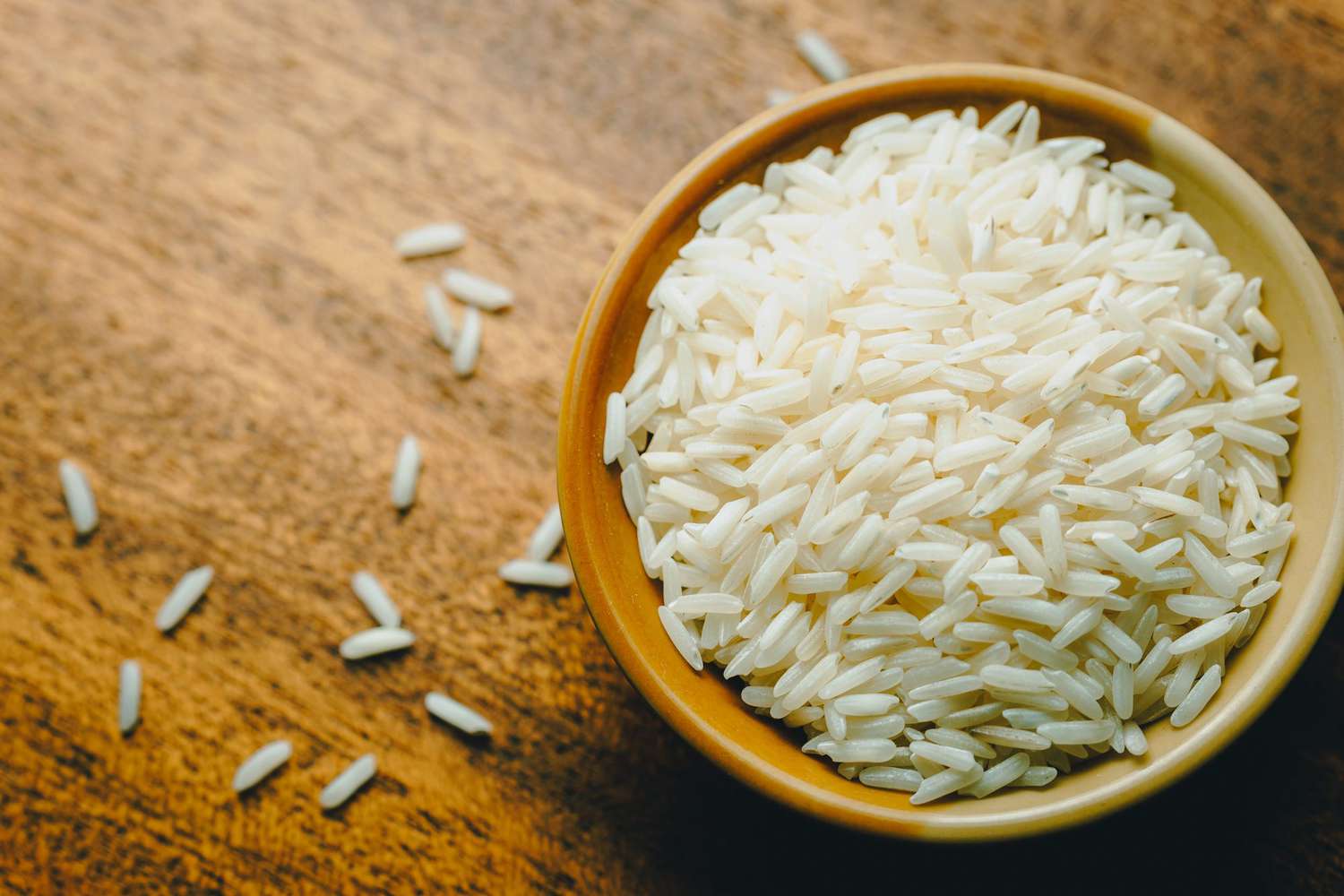Rice is a staple food for the majority of the world’s populations, but this popular pantry item could contain a deadly extra ingredient: arsenic. Studies have found that high arsenic levels are more common in rice than you may think, meaning that it’s time to start rethinking how you cook and purchase this basic grain.
What Is Arsenic?
Arsenic is a toxic trace element that can be found naturally in the environment. Its levels have increased in recent years due to pollution.
Arsenic comes in two forms:
- organic arsenic, mostly found in animals and plants
- inorganic arsenic, which is more toxic, and appears in water, soil, and rocks
Why Is Arsenic in Rice?
Arsenic can be found in minuscule amounts in most foods, but the crop with the highest amount of inorganic arsenic is rice. This is the result of a multitude of factors, including the fact that rice paddy fields may accumulate arsenic in their soil, rice easily absorbs arsenic from the water and soil it’s grown in, and, in some parts of the world, the irrigation water is contaminated with high levels of arsenic.
Other Sources of Arsenic
Rice isn’t the only source of arsenic. Indeed, it’s present in a great many foods, but a handful of foods and drinks have higher levels. It’s important to know these sources so that you can moderate how much you’re eating to avoid exposure to too much of the toxic element.
Other foods with high levels of arsenic include:
- seafood, including fish, shellfish, and shrimp
- contaminated drink water
- rice products, such as rice cereals, rice syrups, and rice milks
Why Does Arsenic Do the Body?
Long-term consumption of inorganic arsenic can lead to chronic health problems in adults like a variety of cancers and heart disease. In children it can cause nerve damage and impaired intellectual function.
A high intake of arsenic during pregnancy may also increase the risks of birth defects in the developing fetus.
How to Reduce Arsenic in Rice
Washing and cooking rice with plenty of clean water can help reduce the amount of arsenic present. This method works for both white and brown rice, with one study showing it has the potential to remove up to 57 percent of the toxic element.
To reduce the arsenic in your rice, first give it a good rinse. Place the grains in a fine mesh strainer and pour water over them until it runs clear. Cook the rice in excess water, at a ratio of one cup of rice to six cups of water, and drain any extra leftover once the grains are tender.
Rices With Lower Arsenic Levels
The amount of arsenic in rice depends on the variety of rice and where it was grown. Brown rice absorbs more arsenic while growing than white, with basmati rice regularly having the lowest levels when tested.
Regional differences matter too. The Southern United States, particularly Texas and Louisiana, have higher levels of arsenic potentially due to residual contamination from pesticides used to control the weevil population, while grains grown in California seem to have the lowest levels of all the rice grown in the U.S.
Bottom Line: Arsenic in rice is a real concern, but that doesn’t mean you should cut this staple grain out of your diet. Be more choosey with the type and origin of your rice, always rinse and cook it with excess water, and be aware of how much you’re consuming. If you find yourself serving most meals with rice as a base, try looking at other whole grain alternatives to round out your dishes and keep your arsenic consumption to a minimum.
Related Content:
- How to Store Rice
- The Savvy Bulk Shopper’s Guide to Whole Grains
- Can You Freeze Cooked Rice?




